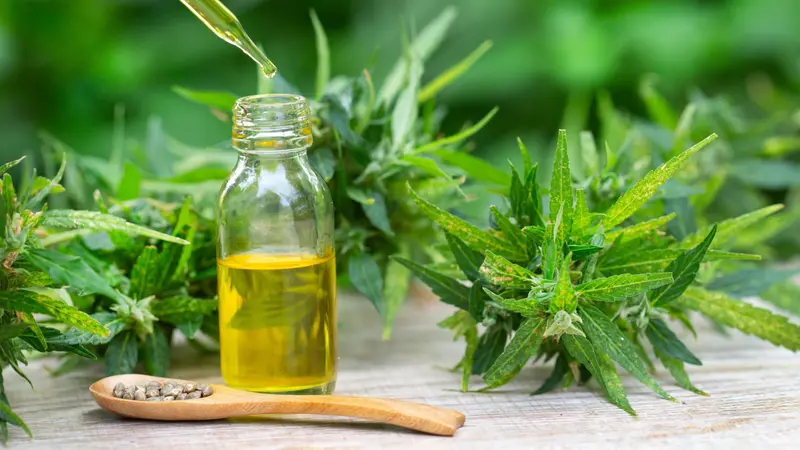

Emerging

Emerging
Marijuana Before Surgery: Coming Clean
There has been a “green rush” in the United States in recent years, with medical cannabis fully legalized in the majority of states, cannabidiol (CBD) permitted in nearly all other states for therapeutic uses, and hemp-derived products legalized in all 50 states.
However, a recent study in the journal Frontiers in Psychiatry looked at the interactions between cannabis and other drugs and found that several cannabinoids have the potential to cause interactions (drug-drug interactions, or DDI) with other medications. The researchers found that individual cannabinoids, particularly CBD, have the potential to interact with the hepatic metabolic system, which converts drugs and other compounds into products that are more easily excreted. This interaction is cause for concern, as hepatic metabolic system is also responsible for metabolizing commonly-prescribed medications.
In January, the American Society of Regional Anesthesia and Pain Medicine published guidelines stating that cannabinoid use around the time of surgery could have significant negative medical implications, and recommended that all patients undergoing anesthesia (whether inpatient or outpatient) be screened and questioned about cannabis use, including how much they use, how often, how they take it, and when they last used it.
One of the largest studies on the effects of cannabis use on sedation, published in 2019 in the Journal of Osteopathic Medicine, looked at 250 patients undergoing an endoscopy while under anesthesia. Those who reported that they were regular cannabis users required significantly higher doses of anesthesia than nonusers.
Another study, published in 2021 in the journal PLOS ONE, found that cannabis exposure was associated with an increase in the amount of propofol (an anesthetic and sedative) needed to sedate patients for endoscopy. Daily cannabis users required a higher dose than weekly or monthly users.
A 2018 study published in the journal Patient Safety in Surgery found that marijuana use may also interfere with painkillers after surgery. The study looked at 261 trauma center patients and found that cannabis users had higher pain scores and consumed 25% to 37% higher quantities of opioids compared with nonusers. The researchers concluded that marijuana use, especially chronic use, may affect the pain response to injury and require higher doses of opioids for pain management.
REFERENCES
Smith, R., Gruber, S. (2023, January 10). Contemplating cannabis? The complex relationship between cannabionoids and hepatic metabolism resulting in the potential for drug-drug interactions. Frontiers in Psychiatry. https://pubmed.ncbi.nlm.nih.gov/36704740/
Shah, S., et al. (2023, January). ASRA pain medicine consensus guidelines on the management of the preioperative patient on cannabis and cannabinoids. Regional Anesthesia & Pain Medicine. https://rapm.bmj.com/content/48/3/97
Twardowski, M., et al. (2019, April 15). Effects of cannabis use on sedation requirements for endoscopic procedures. Journal of Osteopathic Medicine. https://pubmed.ncbi.nlm.nih.gov/30985870/
Imasogie, N., et al. (2021, March 4). High quantities: evaluating the association between cannabis use and Propofol anesthesia during endoscopy. PLOS ONE. https://pubmed.ncbi.nlm.nih.gov/33661987/
Salottolo, K., et al. (2018, June 19). The grass is not always greener: a multi-institutional pilot study of marijuana use and acute pain management following traumatic injury. Patient Safety in Surgery. https://pubmed.ncbi.nlm.nih.gov/29946360/


 By
By







